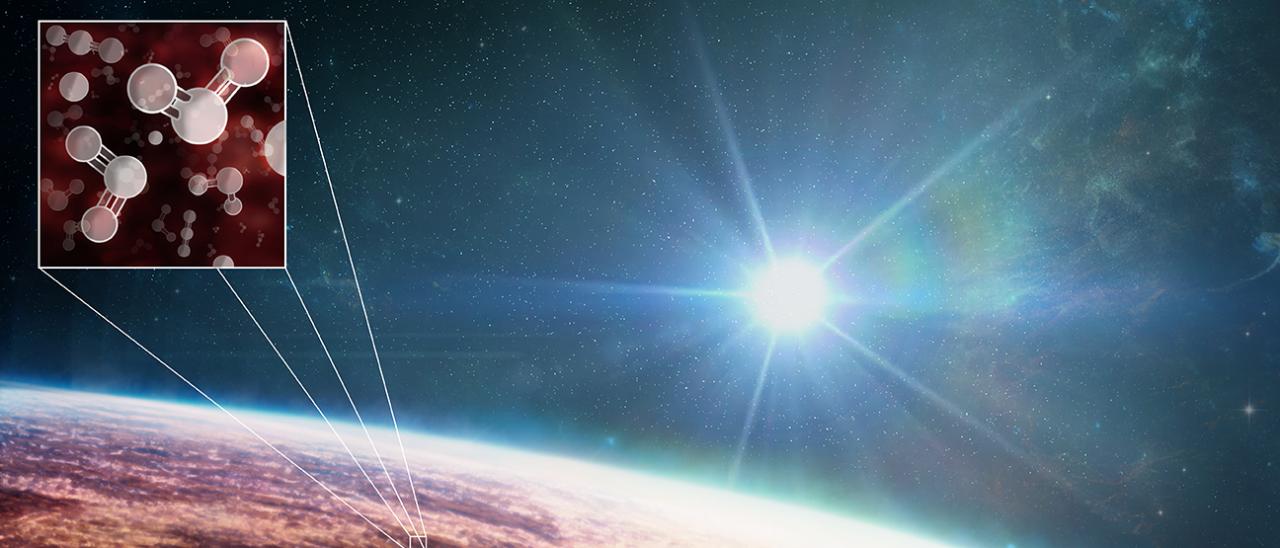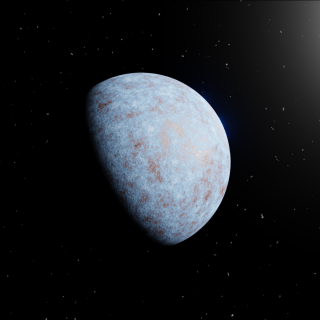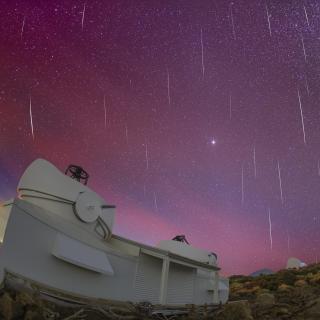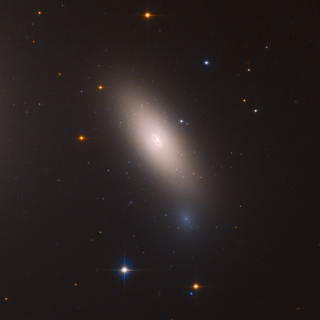New observations of WASP-39b with the JWST have provided a clearer picture of the exoplanet, showing the presence of sodium, potassium, water, carbon dioxide, carbon monoxide and sulfur dioxide in the planet's atmosphere. This artist's illustration also displays newly detected patches of clouds scattered across the planet. Credit Required: Melissa Weiss/Center for Astrophysics | Harvard & Smithsonian

The search for life in the universe has been driven by recent discoveries of planets around other stars (known as exoplanets), becoming one of the most active fields in modern astrophysics. The growing number of new exoplanets discovered in recent years and the recent advance on the study of their atmospheres are not only providing new valuable

The principal objectives of this project are: 1) to study the structure and dynamics of the solar interior, 2) to extend this study to other stars, 3) to search for extrasolar planets using photometric methods (primarily by transits of their host stars) and their characterization (using radial velocity information) and 4) the study of the planetary
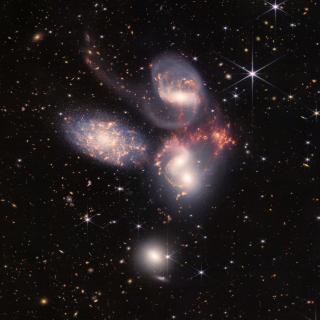
Research led by the University of Oxford and with the participation of the Instituto de Astrofísica de Canarias (IAC) has succeeded in studying, for the first time, the tiny dust molecules known as polycyclic aromatic hydrocarbons (PAHs) in the nuclear region of luminous active galaxies. This work is one of the first studies to use spectroscopic data from the James Webb Space Telescope's (JWST) mid-infrared instrument (MIRI). Observing PAH molecules in the innermost regions of the galaxy is one of the best ways to study the influence of the central black hole in the evolution of the host

Con motivo de la celebración del Día Internacional de la Mujer compartimos la entrevista que realizamos a Begoña Vila, ingeniera de Sistemas de Instrumentos del Telescopio Espacial James Webb, durante su visita al IAC como ponente en el Worskhop sobre el JWST celebrado en La Laguna. En ella hablamos sobre las características que hacen de este telescopio un proyecto tan relevante. “En relación con el Día Internacional de la Mujer, hay mucho que hacer todavía, pero se puede conciliar. Y, sobre todo, que cada mujer tome sus decisiones. No porque la sociedad espere esto o lo otro, sino porque tú
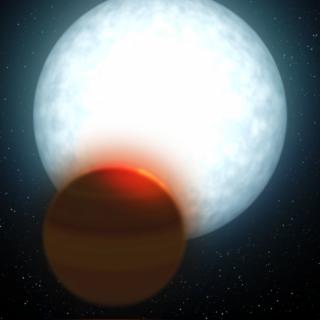
The combination of observations made with the CARMENES spectrograph on the 3.5m telescope at Calar Alto Observatory (Almería), and the HARPS-N spectrograph on the National Galileo Telescope (TNG) at the Roque de los Muchachos Observatory (Garafía, La Palma) has enabled a team from the Instituto de Astrofísica de Canarias (IAC) and from the University of La Laguna (ULL) to reveal new details about this extrasolar planet, which has a surface temperature of around 2000 K.
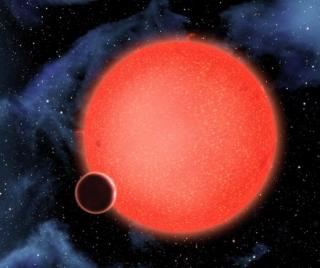
La ‘supertierras’, con una masa hasta 10 veces superior a la terrestre, son buenos candidatos para encontrar vida fuera del Sistema Solar Ubicada a 42 años luz de nosotros, GJ 1214b es una de las más estudiadas porque puede observarse desde telescopios terrestres con relativa facilidad Los datos obtenidos con el GTC por investigadores del IAC apoyan la idea de que la atmósfera de GJ1214b está compuesta por elementos metálicos A veces, tan importante es lo que se observa como lo que no se observa. Un equipo del Instituto de Astrofísica de Canarias (IAC) ha comprobado que la atmósfera de la
